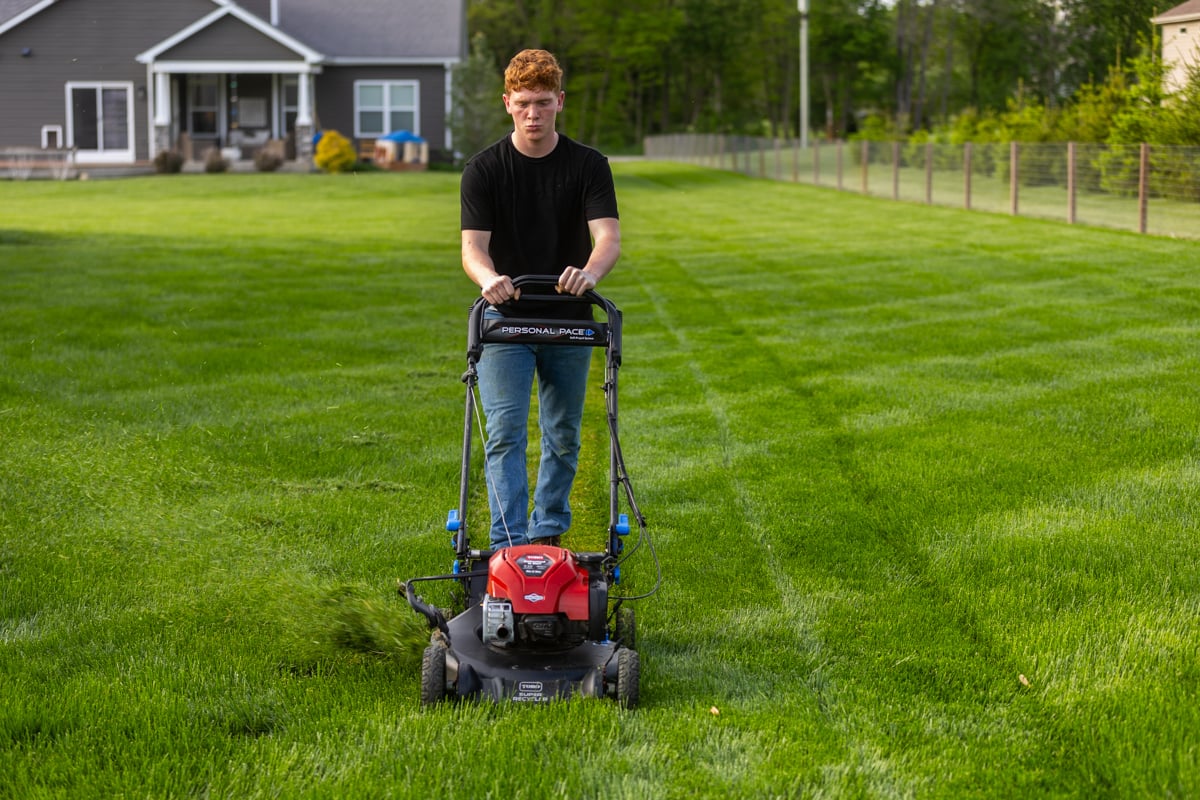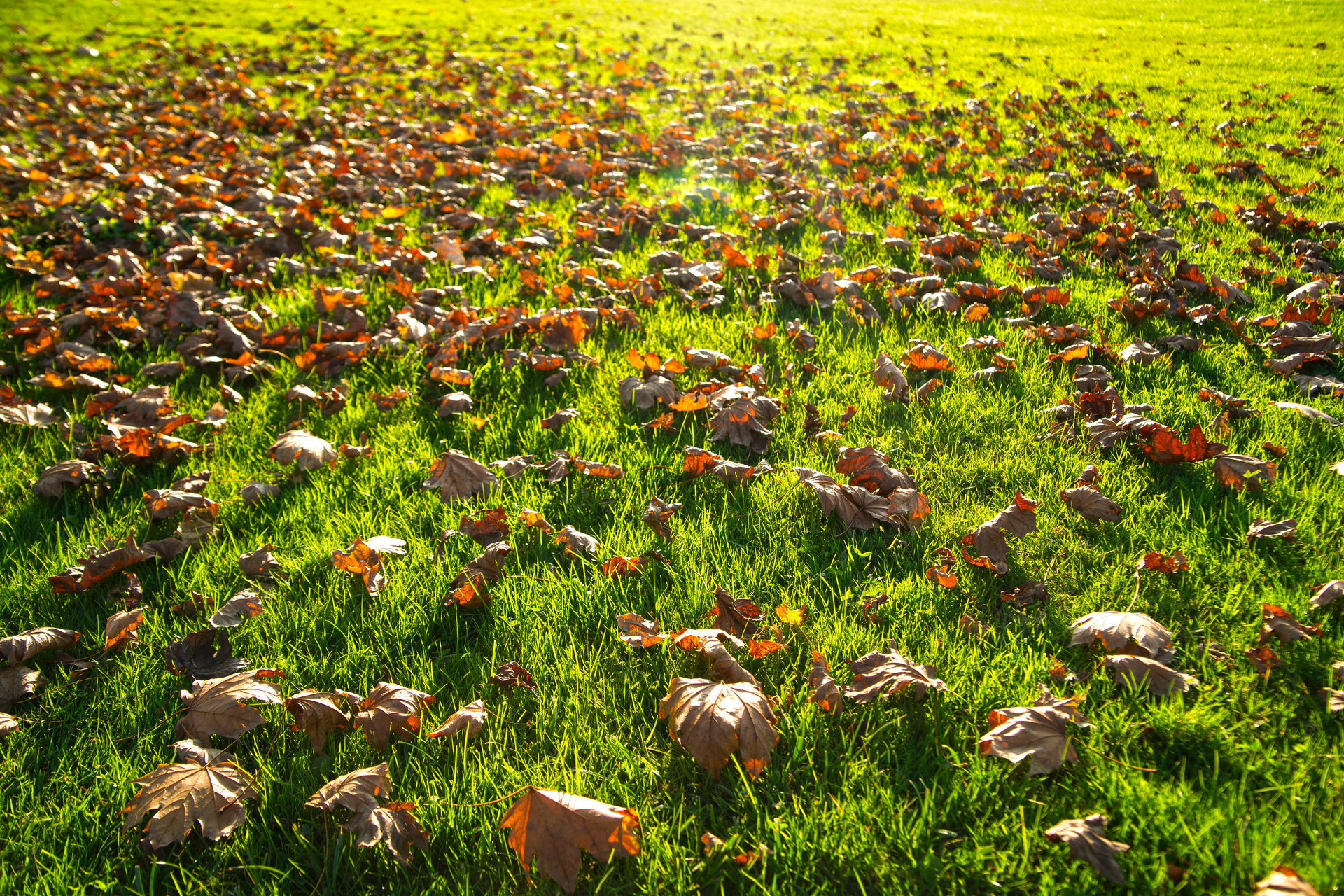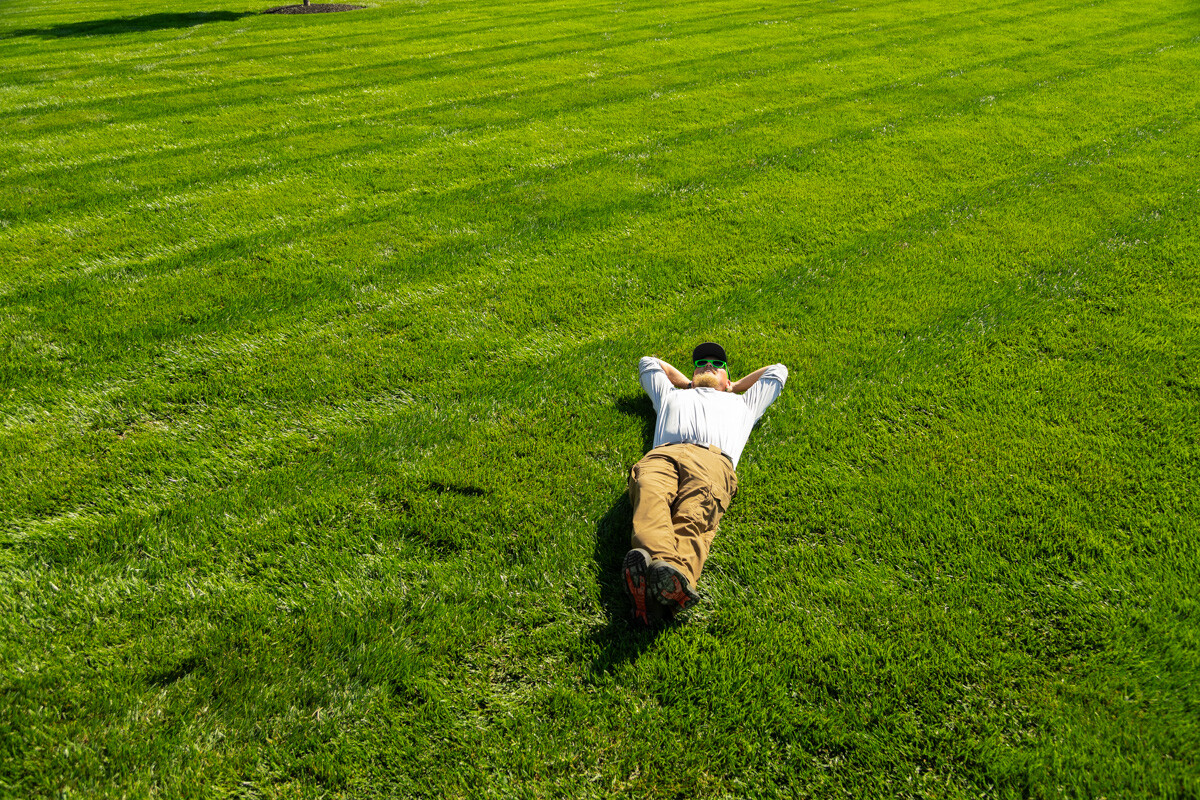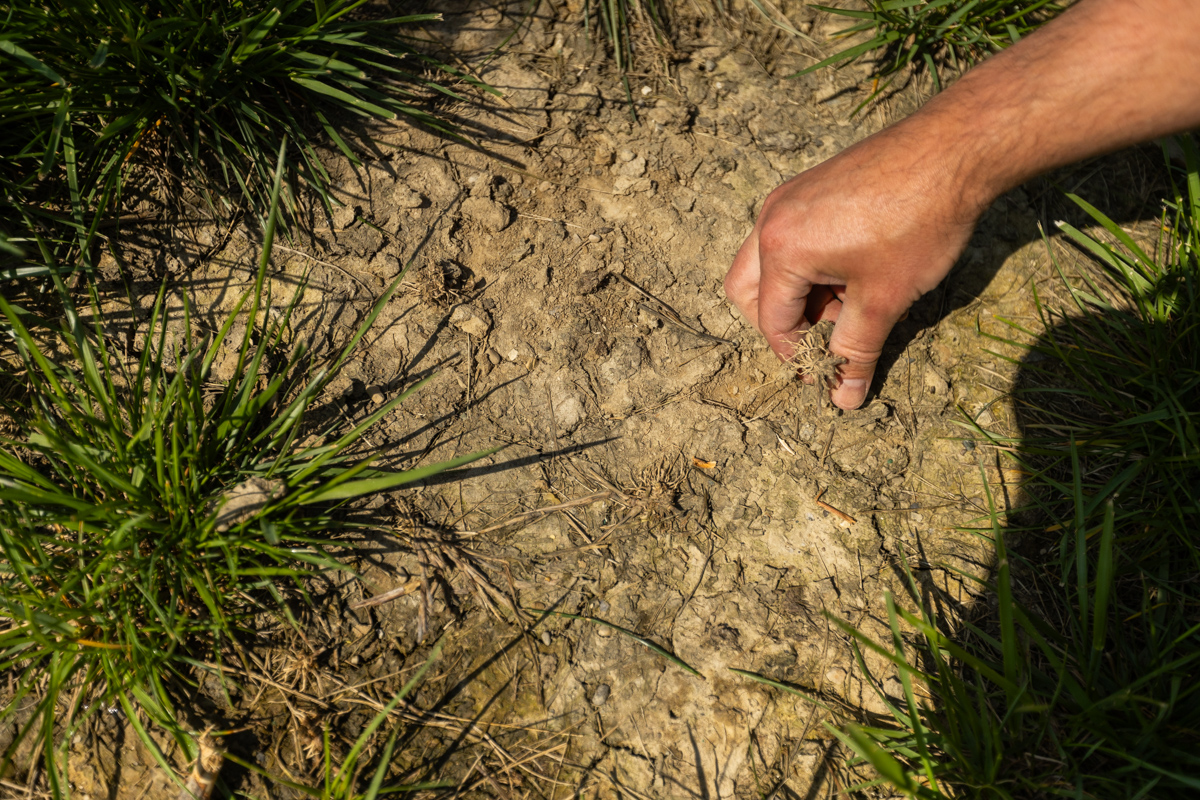



If you’ve ever spent a weekend hauling leaves off your lawn, you know how time-consuming and frustrating it can be. As fall begins to roll around this year, you might be wondering: Do leaves kill grass? Is it really that big of a deal?
The truth is, leaves can damage your lawn if left unmanaged. Thick layers block sunlight, trap moisture, and create the perfect environment for pests and disease.
Let’s break it down:
What Happens When Leaves Are Left on Your Grass
Benefits of Raking Leaves
Other Options for Leaf Removal
Partnering with a Professional for Year-Round Lawn Care
You might be tempted to let fallen leaves stay on your lawn, but allowing leaves to remain on the grass for too long can cause real problems. Will leaves kill grass over winter? In some cases, yes.
Leaves can smother your lawn, blocking the sunlight that your grass needs to make energy. Without access to light, your lawn can’t photosynthesize effectively, which defeats much of the hard work you put in with fertilization, watering, and care throughout the year.
Thick layers of leaves can also trap moisture, creating the perfect environment for fungus, pests, and even voles or mice. Over the past couple of years, our area has also had some instances of snow mold, which can worsen when leaves are left longer.
It is also important to keep your grass at the proper height in the fall, which is around 3 ½ inches. Cutting it too short reduces the surface area of the grass blade, which your lawn needs in order to produce energy and maintain root health. Letting leaves pile up while the grass is too short can stress your lawn, reducing its ability to recover. 
There are several benefits of taking care of the leaves on the grass. Your grass gains the following:
Once you understand why it is important to manage fallen leaves, the next step is figuring out the best approach for your lawn. There are a few strategies to consider, depending on your goals and the tools you have available. Let’s break down the timing and two popular options for handling leaves in your yard.
The general rule for raking leaves in Indiana is to stay on top of leaf removal as much as possible throughout the fall, rather than letting a thick layer build up. Keep in mind that some trees, like oaks, drop leaves later in the season and if leaves are still green and hanging on, they are still photosynthesizing and contributing energy to the tree. One final cleanup right before Christmas usually works well to keep your lawn looking tidy and make sure every area gets the attention it needs.
Raking leaves and bagging them is a tried-and-true method for keeping your lawn clear, but it is a whole lot of work, especially if you don’t have a leaf blower, young children, or other equipment to speed up the process. It can take time and effort, but for lawns with thick leaf cover, it’s often necessary to prevent smothering and maintain healthy grass.
Mowing or mulching leaves is a simpler alternative to raking and bagging, and, much like mulching your grass when you mow, it can actually benefit your lawn when done correctly. By running a mower over fallen leaves, you chop them into small pieces that break down quickly, returning nutrients to the soil and improving overall lawn health. This process acts like a natural fertilizer, helping your grass stay strong and vibrant.
However, with this method, timing and conditions matter. Mulching works best when leaves are thinly spread and dry. Avoid mulching when there is a thick layer of leaves, when the grass is wet, or when frost is present. Doing so can cause leaves to clump together, smother the grass, and create brown patches. When used appropriately, mulching saves labor, recycles nutrients, and keeps your lawn protected through fall and winter.
Managing leaves is a simple but important step in keeping your lawn healthy through the fall and winter. Whether you choose to rake and bag or mow and mulch, staying on top of leaf coverage helps your grass get the sunlight, airflow, and nutrients it needs to thrive.
Even though we don’t remove leaves at Shades of Green, we can help your lawn stay strong and vibrant all year long with tailored fertilization, winterizer applications, and full-season lawn care programs. With the right care, your lawn will be ready to bounce back beautifully come spring.
Looking for some help managing your lawn this fall? Get started by filling out our contact form.
Image Sources: leaves on lawn, bagged leaves

Cory is the heart and soul of Shades of Green. His dedication to doing right for our customers has been the driving force behind the company's success. With a degree in Turf Science from Purdue University, Cory continually strives to craft the best treatment plans using the latest technologies and innovative products, ensuring top-notch results for every client.





